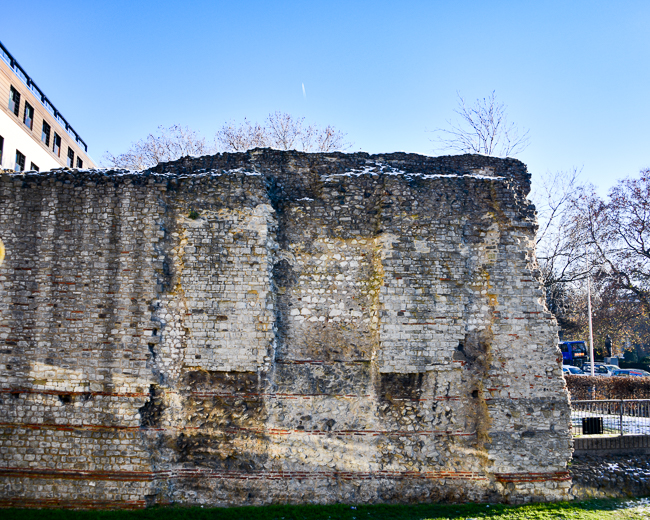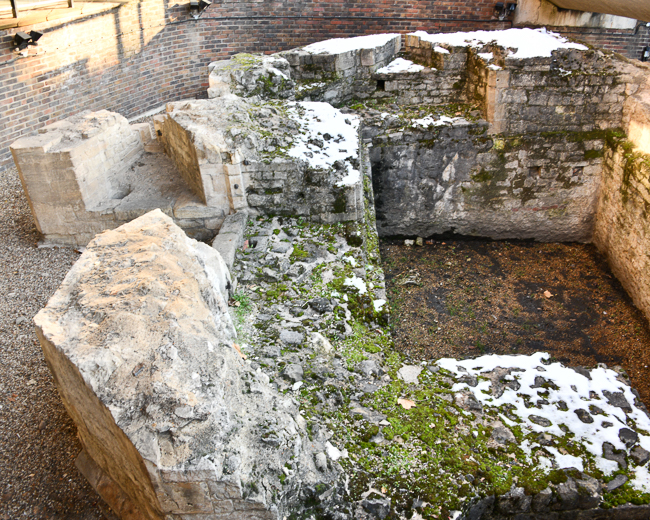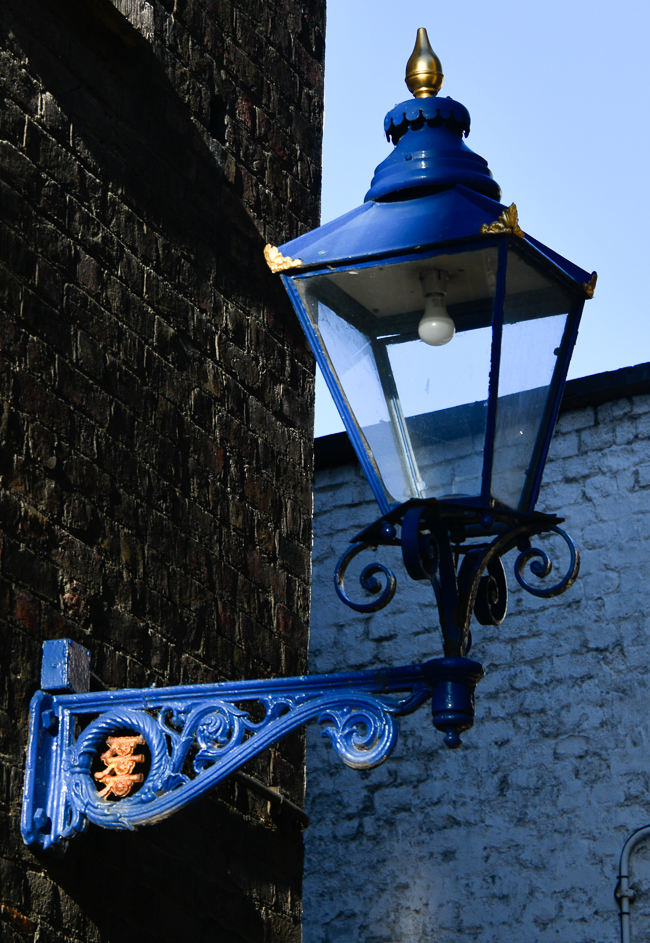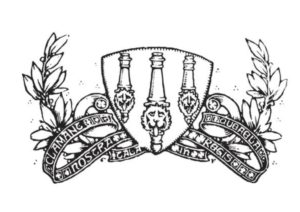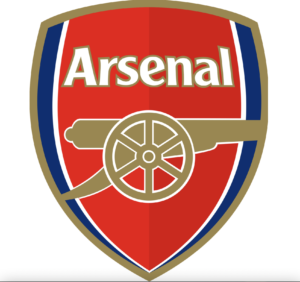December 2022
Roman Walls and the Tower of London
Some kind of fortification most likely completely surrounded the Roman city of Londinium. The portions of the wall still remaining date from between CE 190 and 225.
This section of the wall is built of rubble (mostly Kentish ragstone) bound in a hard mortar and faced on either side by roughly squared ragstone blocks. At every fifth or sixth course, the wall incorporates a horizontal band of red Roman tiles to ensure the courses remained level over long stretches of masonry.
The Roman wall survived well after the departure of the Romans in CE 410, through a long period during which the city seems to have been largely abandoned. The wall above the red Roman tiles would have been added over the years, beginning when it was repaired in the late Anglo-Saxon period. What survived became an important part of the city plan at the time of the Norman Conquest of 1066. Large parts of the wall were incorporated into the medieval defenses of the city.
Bastions were added to the wall sometime in the 4th century CE as spots for catapults or stone-throwing engines.
The 13th-century Beauchamp Tower marks the first large-scale use of brick as a building material in Britain since the 5th-century departure of the Romans.
Beauchamp (pronounced “Beecham”) Tower is a part of the inner defensive wall that once held high-ranking prisoners.
The writings and images are from prisoners from the 16th and 17th centuries, many of whom were confined for political or religious reasons.
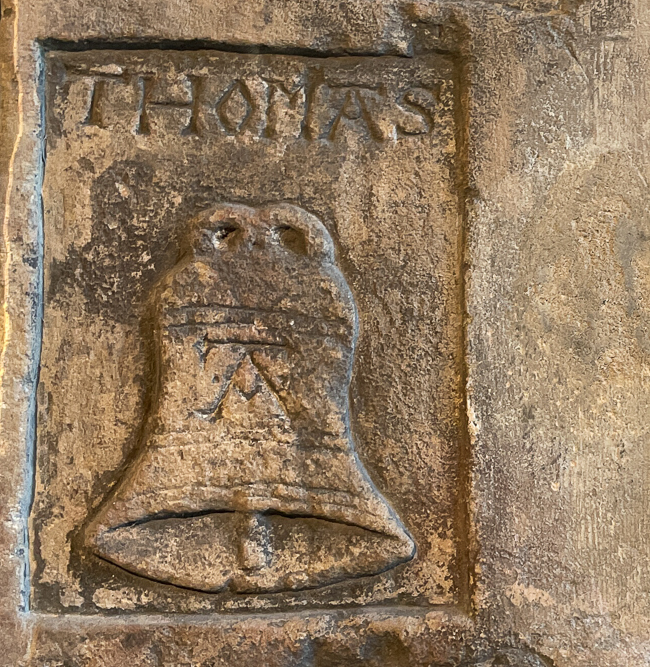
Thomas Abel, the chaplain to Queen Katherine of Aragon, carved his name and a bell into the wall after he was imprisoned by King Henry VIII.
When walking around the Tower of London, I noticed these beautiful lanterns. However, the gold items were not that easy to discern, so I asked a Yeomen Warder. He pointed out that they were three cannons and that the Armory football team logo derives directly from those cannons.
When told stories in places like National Parks and active World Heritage Sites, I am impressed with the vast knowledge of the guides and attendants, but I still take much of it with a grain of salt. Well…he was correct.
William I the Conquerer ordered the building of the Royal Arsenal in the 11th century. The arsenal was built in Norwich, the original home of the Arsenal Football team, to supply the Royal Armory.
Yes, I saw the crown jewels and the ravens that are caged due to a worldwide outbreak of bird flu this year, but I thought these pieces of history to be much more fun.
